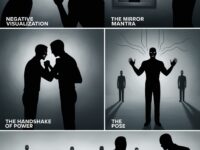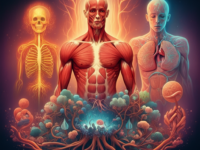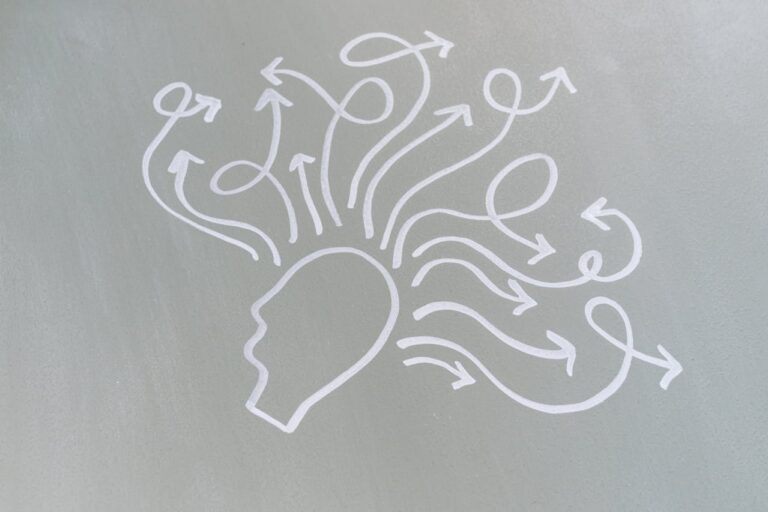Ever found yourself sticking to a decision you know might be wrong, simply because it feels safe? Or maybe you’ve caught yourself cherry-picking facts to back up what you already believe? Yep, that’s your brain playing tricks on you. Welcome to the fascinating (and at times frustrating) world of cognitive biases.
Cognitive biases aren’t some weird glitch reserved for other people—they’re something we all experience, often without realizing it. But here’s the thing: once you know how these biases work, you can start spotting them in your own life. And trust me, that’s a complete game-changer.
This post dives into the psychology of cognitive biases, explaining what they are, how they impact your choices, and what you can do to outsmart them. Spoiler alert—your brain might be clever, but you can outwit it.
Table of Contents
What Are Cognitive Biases?
Imagine you’re trying to make a purely logical decision, weighing up all the pros and cons like a human computer. Sounds ideal, right? Unfortunately, that’s just not how brains work. Instead of being flawless machines, our brains are shaped by survival instincts, emotions, and past experiences. And while this setup has helped humans make quick decisions for millennia, it also opens the door to errors in judgment.
Cognitive biases are basically mental shortcuts—or heuristics—that our brains use to process information and make decisions. They’re a way for our brains to save time and energy, but they often lead to flawed reasoning.
Why does this matter? Because these biases influence every part of your life—from the little things, like choosing a lunch spot, to the big decisions, like selecting a career path or even investing your money.
Think of it this way: understanding cognitive biases is like learning to see the strings in a puppet show. Once you’re aware of them, the mechanics of your thought process start making sense.
Common Cognitive Biases You Probably Fall For
1. Confirmation Bias
Ever Googled something just to confirm you’re right? “Studies proving coffee is good for you,” anyone? That’s confirmation bias in action. It’s when we favour information that validates our existing beliefs while ignoring evidence to the contrary.
Example: You believe eating carbs is bad for you, so you only read articles about keto diets and dismiss any studies suggesting carbs can be part of a balanced diet. (Sound familiar?)
2. Anchoring Bias
This one’s sneaky. Anchoring bias happens when you rely too heavily on the first piece of information you receive. That initial “anchor” influences all the decisions you make afterwards.
Example: If the first TV you see is $2,000, suddenly that $1,200 model looks like a bargain—even if $1,200 is well above your initial budget.
3. Availability Heuristic
Simply put, your brain tends to overestimate the importance of information that’s readily available. If something comes to mind quickly, it feels more true.
Example: After hearing a news story about a plane crash, you might start thinking air travel is very dangerous—even though statistically, it’s one of the safest modes of transportation.
There are dozens of other biases (like the Dunning-Kruger effect or the optimism bias), but these three? They’re among the most common culprits in everyday life.
How Cognitive Biases Impact You
Biases impact more than just your coffee orders and budgeting skills—they ripple through every aspect of life.
Personal Decisions
From relationships to career moves, biases can cloud your judgment. Maybe confirmation bias keeps you in a toxic job because you only look for reasons to justify staying.
Professional Life
At work, anchoring bias might influence hiring (e.g., you focus too much on a candidate’s first impression), while availability bias could lead to flawed strategies (like basing decisions on last quarter’s unexpected success rather than long-term data).
Society as a Whole
On a larger scale, cognitive biases shape politics, public opinion, and even cultural norms. Keep this in mind next time you see a misleading headline going viral—it’s probably feeding into someone’s biases.
Understanding these impacts is the first step to freeing yourself from their grip.
How to Spot Cognitive Biases in Your Thinking
Here’s the million-dollar question—how can you recognize cognitive biases messing with your decisions?
- Pause Before Reacting
Take a moment to ask yourself, “Am I making this decision based on solid evidence or gut feelings?”
- Seek Out Opposing Views
Challenge your opinions. Honestly, this is hard (and uncomfortable), but it’s incredibly eye-opening. Read articles or watch videos that completely disagree with you.
- Track Patterns in Your Behavior
Keep a journal of decisions you make and reflect on whether biases played a role. For example, note if you dismissed an idea at work simply because someone you don’t gel with suggested it.
- Ask “What If?”
What if you’re wrong? What if your go-to solution isn’t the best one? Asking these questions introduces some much-needed scepticism.
- Rely on Neutral Tools
When possible, rely on data or external decision-making frameworks instead of gut instinct.
It’s not easy spotting your cognitive blind spots, but even small efforts add up over time.
Outsmarting Your Biases
Good news—these tricks can help you combat those pesky biases:
- Practice Critical Thinking
Learn to question your assumptions and evaluate evidence logically. The trick? Stay open to being wrong.
- Diversify Your Inputs
Follow people with different backgrounds and viewpoints. Having a wide range of perspectives refreshes your thinking.
- Take Group Decisions Seriously
Collaborate with others to compensate for your individual biases. Just make sure you’re not all falling prey to groupthink.
- Mindfulness Practices
When you’re stressed, your biases surge. Deep breathing, reflection, and mindfulness can calm your brain and reduce your reliance on shortcuts.
It’s a work in progress, but every step you take moves you closer to unbiased decision-making.
How Businesses Exploit Your Cognitive Biases
Here’s where it gets a little sinister. Businesses and marketers know how to leverage cognitive biases to influence your decisions.
Anchoring in Pricing
Ever noticed how stores always list their “original” (higher) price first? That’s anchoring bias at work. It makes discounts feel more significant than they are.
Urgency Tactics
“When It’s Gone, It’s Gone” campaigns tap into our availability bias, making us act impulsively.
Social Proof
Think “best-seller” labels or products with thousands of online reviews. They exploit confirmation bias—if that many people like it, it must be good.
Being aware of these tactics is your first line of defence. Keep your biases in check, and suddenly businesses lose their power to manipulate.
Looking Ahead
Cognitive biases aren’t going anywhere; they’re an inherent part of how our brains operate. But understanding and addressing them is a lifelong skill that can transform the way you approach decisions—big and small.
Curious to learn more? Keep reading, questioning, and exploring. And remember, the next time your brain whispers a shortcut, you don’t have to take it.
You’re smarter than your biases. Now go prove it.





















0 Comments